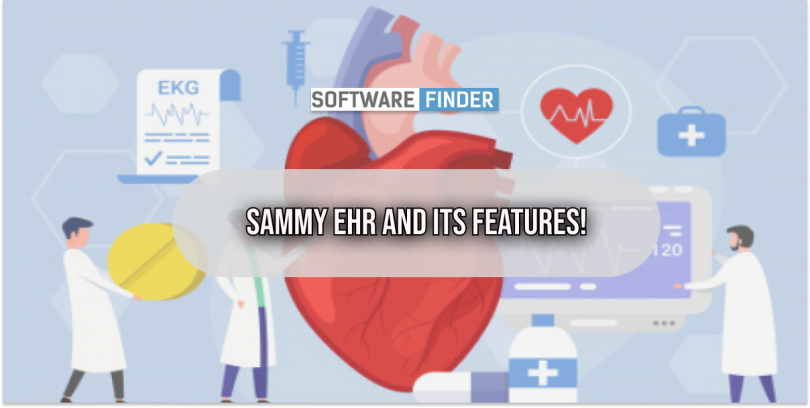The Sammy EHR is a HIPPA-compliant Electronic Health Record. It also offers secure messaging between employees and patients. This feature protects the privacy of patient information and ensures that all communications are safe. It can be customized to suit the practice’s needs. It can be used for a variety of medical practices.
HIPPA-Compliant Electronic Health Record:
Sammy EHR is a comprehensive electronic health record that enables physicians and other healthcare professionals to manage patient information. Its user-friendly interface allows physicians and patients to have a more convenient relationship. The system makes it easy to exchange secure messages with each other, and it even allows patients to schedule their consultations. Sammy EHR also sends automated appointment reminders, which can help reduce no-show rates.
Sammy EHR is a comprehensive health-record software that is HIPPA-compliant and meets Meaningful Use standards. It offers an easy-to-use interface and integrates with practice management and medical billing software, allowing doctors to focus on patient care. Other features of Sammy EHR include patient portals, automatic payment posting, and claims submission. Patients can view their own health records and access lab reports on the system, which allows for a better understanding of their condition.
Patient portal:
Sammy EHR patient portal has an extensive set of features and functions that make it an ideal tool for medical professionals. It is HIPAA-compliant and allows medical practitioners to submit digital prescriptions. This patient portal also helps healthcare providers view a complete practice overview and access patient records. It also allows for the attachment of reports, images, and photographs. In addition, this software allows users to fax documents.
Using Sammy EHR patient portal, clinicians can communicate with their patients and staff securely. They can also access patient charts and make appointments online. Moreover, the Sammy EHR patient portal also lets them fax reports and images to patients, which increases their engagement.
Importing images:
Importing images into Sammy EHR is an important aspect of the Sammy System. It helps doctors and nurses retrieve patient images quickly, and makes the process of documenting patient information as simple as possible. Sammy EHR software also includes features that allow you to review and audit data, including past analyses and patient demographics. It also features patient portals, which provide the patient with access to lab results and appointment data.
Sammy EHR software features an intuitive interface that makes it easy to import images into patient charts and view them on the patient portal. It also allows doctors to exchange secure messages with patients and schedule appointments. In addition to this, the patient portal allows physicians to upload images directly into the patient’s chart and store them in case they need them later.
Charting process:
Sammy EHR offers a special medical billing module to generate medical bills. Medical billing can be a lengthy process and Sammy EHR software allows you to do all of the necessary steps automatically. This reduces the margin of error in claims and the denial rate. In addition, the software can be used to create insurance eligibility checks.
Sammy EHR allows clinicians to access patient charts in a snap. This allows them to view a patient’s history, including previous diagnoses. Sammy EHR also has the option of importing pictures and reports into the patient’s chart. The client portal provides the ability to view appointment data and lab results for patients.
Automated entry feature:
Whether you need to enter patient data manually or automate the process, Sammy EHR can help you manage it with ease. The system uses cloud-based technology, which allows you to access it from anywhere. You can also export or import patient data from the system. It also allows you to manage patient image data.
You can set the language and encoding of data by selecting the appropriate attributes. For example, you can make a note that a patient’s name is in English and his or her first name is in American English. The language attribute is typically consistent throughout the entry, but you can override it by specifying an alternate language or character encoding.
Once you’ve decided on an EHR system, the next step is training your staff. This should take place throughout the implementation process and after go-live. Physicians and staff members will need several training sessions. The training sessions can range from an hour to eight hours. Ideally, you should start training about two to three weeks prior to implementation. It should include hands-on training, classroom sessions, and e-learning. Make sure you rotate the training sessions among staff members and provide staff members with different types of training. After six to 10 weeks, re-training sessions should be performed. You should also conduct a re-assessment of the staff’s knowledge and ability to use the system.








Leave a Comment
You must be logged in to post a comment.